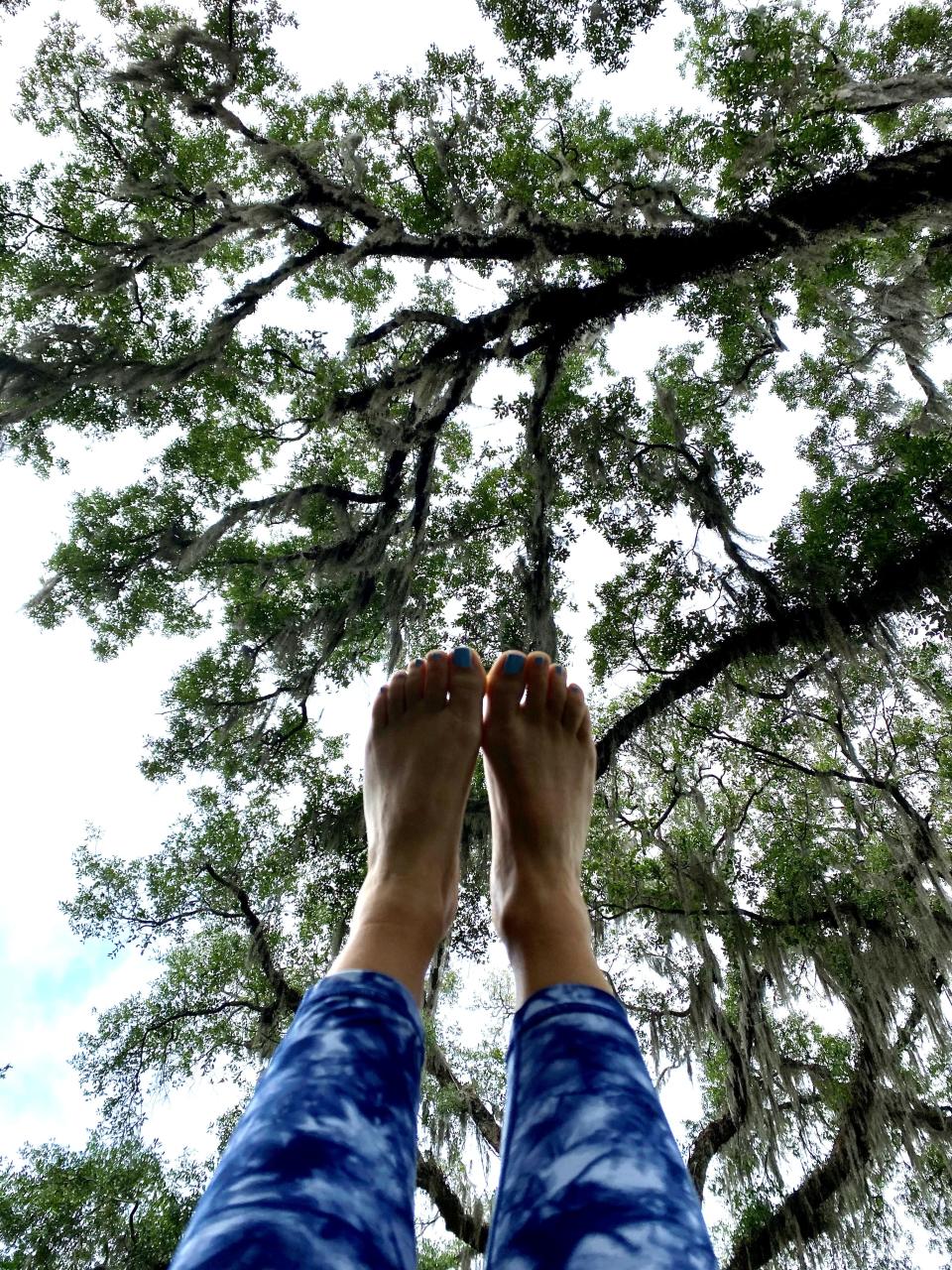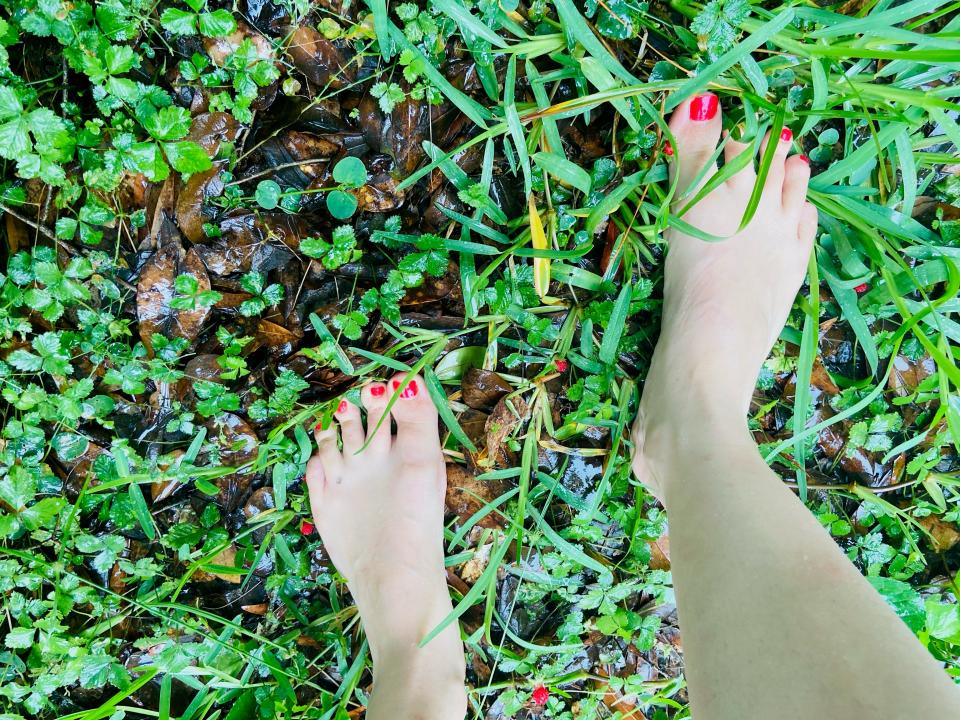Practice mindfulness as approach to address stress, anxiety | Mark Mahoney
I have addressed the issue of mindfulness in prior columns and feel the need to again focus on the tenets of this approach. Today’s troubled society continues to challenge our mindset due to the continuing uncertainty presented by ever unfolding events which can challenge us and lead to anxiety and stress.
According to Paul Gionfriddo, President of Mental Health America, his organization “has documented increasing levels of anxiety in their online screening population and [even] deeper anxiety in a number of population subgroups."
Furthermore, Gionfriddo adds, “…because as worry transforms to stress, and stress to anxiety, it can lead to serious mental health problems…So we are encouraging people to understand that these symptoms are real, to manage them by taking control of what you can in your life, to practice relaxation techniques, to engage with family and friends virtually as much as possible to get their support, to continue to plan for the future, and to reach out and get help when you need it.”

Mindfulness
A definition: Mindfulness refers to the natural human ability to be aware of one’s experiences and to pay attention to the present moment in a purposeful, receptive, and non-judgmental way. Using mindfulness techniques can be instrumental in reducing stress and promoting positive psychological outcomes.
Mindfulness provides us the ability to accept painful thoughts and feelings in a balanced way. Mindfulness offers a way to turn toward our anxiety and fear so we don’t become overwhelmed by it.
Mindfulness in a primary sense involves being in the present as that is all we have. We need to remember that the past has already occurred and the future is yet to come. If we become so lost in our fears about tomorrow we may miss the present.

As we focus on paying attention to the present moment we need to learn how to do so without evaluation or judgment. Mindfulness employs our conscious awareness toward observation and only that. We are observing what is occurring in our field of awareness just as it presents itself — right here, right now.
Another important aspect of mindfulness is acceptance. Change can happen naturally when we do not try to ignore or get rid of emotional pain but respond to it with acceptance. Here we make a conscious choice to experience our sensations, feelings and thoughts just as they are. By giving up trying to control or manipulate an experience, we more readily open the door to change.
Self-compassion
Self-compassion contrasts with compassion (the ability to feel and connect with the suffering of another human-being) in that it focuses on the ability to feel and connect with one’s own suffering. This entails extending compassion to one’s self in instances of perceived inadequacy, failure or general suffering.
Being self-compassionate means offering ourselves the recognition, validation and support we would offer another family member or valued friend who is suffering.
Kristine Neff, a professor of psychology at the university of Texas at Austin defines self compassion as “being open to and moved by one’s own suffering, experiencing feelings of caring and kindness toward oneself, taking an understanding, nonjudgmental attitude toward one’s inadequacies and failures, and recognizing that one’s experience is part of the common human experience.”
A practical exercise
Dianna Winston, director of mindfulness at the UCLA Mindful Awareness Research Center, recommends focusing on today, particularly if you have concerns about tomorrow. Winston adds, “Most of the time, our minds are locked in the past and future. “Mindfulness puts you in the moment. Most people are OK in the here and now. If you can put yourself in the present, you can handle difficult thinking.”
To help calm your mind, Winston recommends trying a useful tool with the acronym STOP:
S: Stop. When you notice that you are feeling anxious and you need a moment: stop.
T: Take a breath. If you find yourself worrying about the future, bring yourself back to the present. Take a breath, pause, feel your feet on the ground.
O: Observe what is happening inside yourself. Does your stomach hurt? Is your heart racing? Ask yourself, “How am I right now?” Bring yourself back to the moment.
P: Proceed with more awareness of yourself and what will help you. Connecting with a friend, or having some daily quiet time outdoors, can help.
In these times of uncertainty where we worry about what may happen tomorrow, mindfulness can play an important role as a useful approach to assist us in paying attention to the present moment in a purposeful, receptive, and non-judgmental way. Using mindfulness techniques can be instrumental in reducing stress and promoting positive psychological (and physical) outcomes, something that can benefit us all.
Resources
Read the article by The American Psychological Association (APA), “Mindfulness meditation: A research-proven way to reduce stress” at apa.org/topics/mindfulness/meditationCheck out some best tips and practices to equip you with tools to navigate stress at mindful.org.

Mark A. Mahoney, Ph.D. has been a Registered Dietitian/Nutritionist for over 30 years and completed graduate studies in Nutrition & Public Health at Columbia University. He can be reached at marqos69@hotmail.com.
This article originally appeared on Tallahassee Democrat: Practice mindfulness to address stress and anxiety

